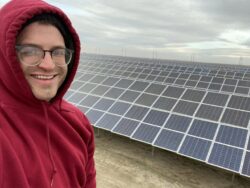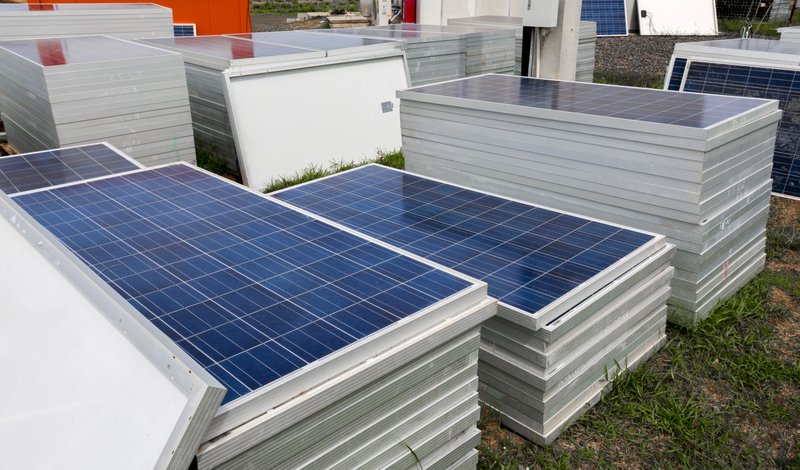MPPT upgrades: How has maximum power point tracking improved?

For the 2025 Solar Inverter Buyer’s Guide, we asked every inverter manufacturer about their new products, advancements in technology, and for advice when selecting inverters in certain applications. Here is what they had to say concerning maximum power point tracking (MPPT) technology.
How has MPPT improved over the years?

Mike Mahon, SMA America Solar Academy Manager: “String inverters for residential and commercial systems now have many independent MPPT input channels with wide operating voltage windows. This allows many strings of different lengths and orientations/tilts to connect to a single string inverter. Each string is operated at its optimal operating point, even if each input is working at a different DC voltage. As new installation practices resulted in more partial shade on the array, string inverters added features to their MPPT algorithms to ensure they were operating each array at maximum power. This inverter-based optimization works periodically to verify that the array attached to each MPPT input channel is working at the highest power point, even if partial shade on any array is creating “humps” on the current-voltage (I-V) or power-voltage (P-V) curve. No matter how many times you hear it, the statement ‘a string of PV modules is always limited to the weakest module’ is incorrect.”
Anton Patton, VP Product Management, CPS America: “In addition to advancements in MPPT algorithms to optimize efficiency, there are now various options available in terms of the number of MPPTs per inverter. Inverters with multiple MPPTs can offer energy harvest advantages if the PV array connected to the inverter has differing angles, string lengths, modules, shading conditions, etc. On the other hand, an inverter with a single MPPT design can allow DC string combining (via combiner boxes or string harnesses) at the array and less homerun cables to the inverters to lower installation costs and DC wire losses.”
Michael Allen, Product Manager at Solis, highlights these enhancements:

Enhanced algorithms: Modern MPP trackers utilize advanced algorithms such as incremental conductance (IncCond) and perturb and observe (P&O) methods, enabling faster and more accurate tracking of the maximum power point under varying environmental conditions, such as changes in sunlight intensity and temperature.
Multi-channel tracking. Newer inverters can track the MPP of multiple strings of solar panels independently. This means that if one string is shaded or underperforming, it doesn’t impact the performance of others, leading to overall better energy harvest.
Real-time data analysis. Advanced tracking systems now include real-time monitoring capabilities, which allow for dynamic adjustments based on immediate environmental changes, enhancing energy capture efficiency.
Smart integration. The integration of IoT technology allows for remote monitoring and diagnostics, enabling proactive maintenance and performance optimization based on real-time data.
Increased efficiency. The combination of advanced tracking and optimization technologies leads to higher energy yields, often increasing overall system efficiency by 10-25% compared to older systems.
Better performance in partial shade. New PV module technologies are designed to minimize the impact of shading, which was a significant drawback in older systems, allowing for more consistent performance throughout the day. The need for module-level optimization has been reduced to only systems with heavy shading.
Cost savings. While the initial investment in advanced MPP tracking and string optimization might be higher, the long-term savings from increased energy production and reduced maintenance costs can outweigh the upfront costs.
User-friendly monitoring. Enhanced monitoring capabilities provide users with better insights into system performance, allowing them to make informed decisions about usage and maintenance.

Rudy Wodrich, Global Head of Green Technology at Siemens Smart Infrastructure USA. “For a time, the thought was that more MPP trackers in an inverter meant higher yield and efficiency. However, studies have shown that adding more MPP channels to inverters in utility applications actually has the opposite effect. Multi MPP inverters have an additional boost stage that increases parts count, decreases efficiency, increases audible noise pollution, decreases reliability and also means that AC output voltage is a non-standard 800Vac which then requires more costly and harder to source AC paralleling switchgear and transformers. For this reason, many customers have shifted back to single MPP units with a more conventional 600Vac output.”





Comments are closed here.